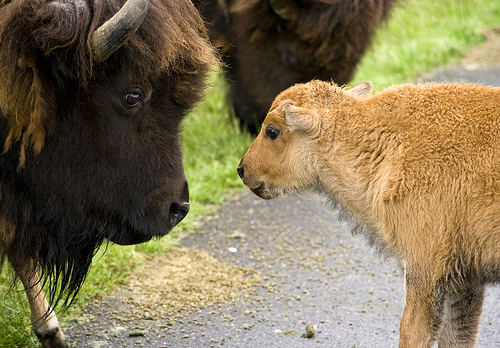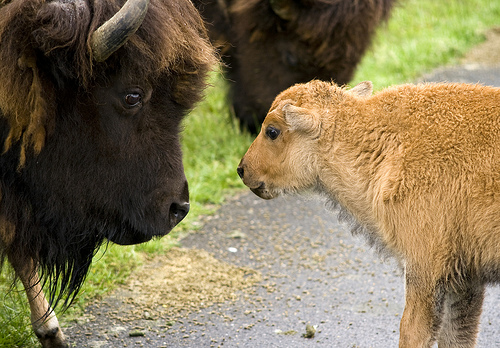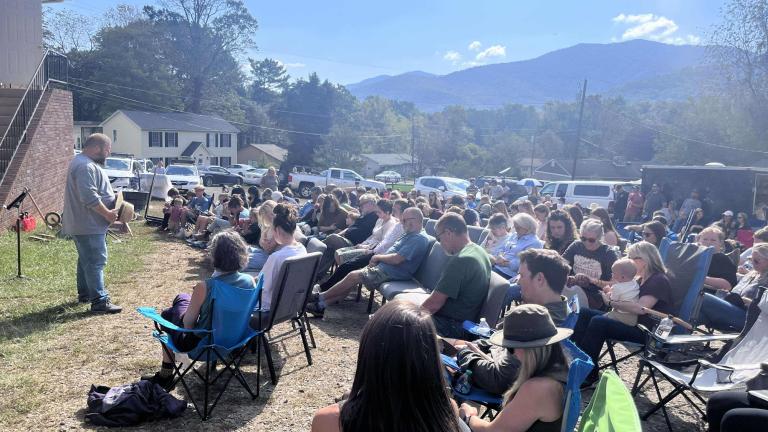 Aren’t these preferable to a statue of robocop?Photo: Cathleen ShattuckThe latest U.S. census reveals that not even Detroit natives are that into the Motor City anymore. The once-flourishing city saw the biggest population drop in 10 years — 25 percent — of any city ever, except for the special case of post-Katrina New Orleans. Civic-minded organizations have a plan for saving Detroit, however, and it’s got nothing to do with delusional hail-Mary attempts to restart old-style growth.
Aren’t these preferable to a statue of robocop?Photo: Cathleen ShattuckThe latest U.S. census reveals that not even Detroit natives are that into the Motor City anymore. The once-flourishing city saw the biggest population drop in 10 years — 25 percent — of any city ever, except for the special case of post-Katrina New Orleans. Civic-minded organizations have a plan for saving Detroit, however, and it’s got nothing to do with delusional hail-Mary attempts to restart old-style growth.
It’s called managed decline, and basically it involves giving up on the city and finding something more useful to do with that space. This has a rich precedent in the American Great Plains, where Frank and Deborah Popper’s Buffalo Commons program has somehow convinced a bunch of rural counties to give up on their declining populations and — get this — re-wild their vast unbroken acres of plains grasses with bison. Montana, Nebraska, Texas, Kansas, they’re all getting in on the action.
The Poppers think analogous efforts to reclaim unused land and shrink cities could work for Detroit, as well. There are already nascent programs in cities like Buffalo, which has instituted a plan to raze 5,000 buildings in the next five years. It doesn’t have to be bison — Detroit could become a city that grows its food close to home, for example.
In all of these scenarios, Detroit, like radically-shrunk cities Braddock, Pennsylvania and Youngstown, Ohio, will transform itself by turning neighborhoods into parks and retreating to its urban core. In general, Detroit has to prepare itself for a smaller, more localized, post-carbon future. And who knows, maybe one day the bison could return — Detroit, like all of Middle America west of the Appalachians, is well within their historical range.
Read more:
“Detroit Census Confirms a Desertion Like No Other,” The New York Times
“The Road to Right-Size Cities,” Yes!



